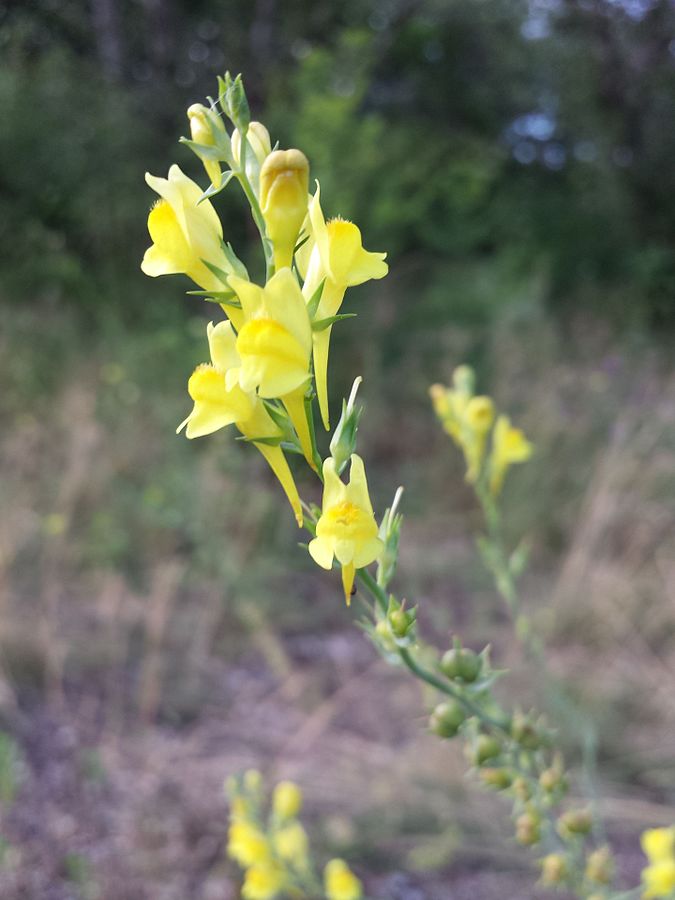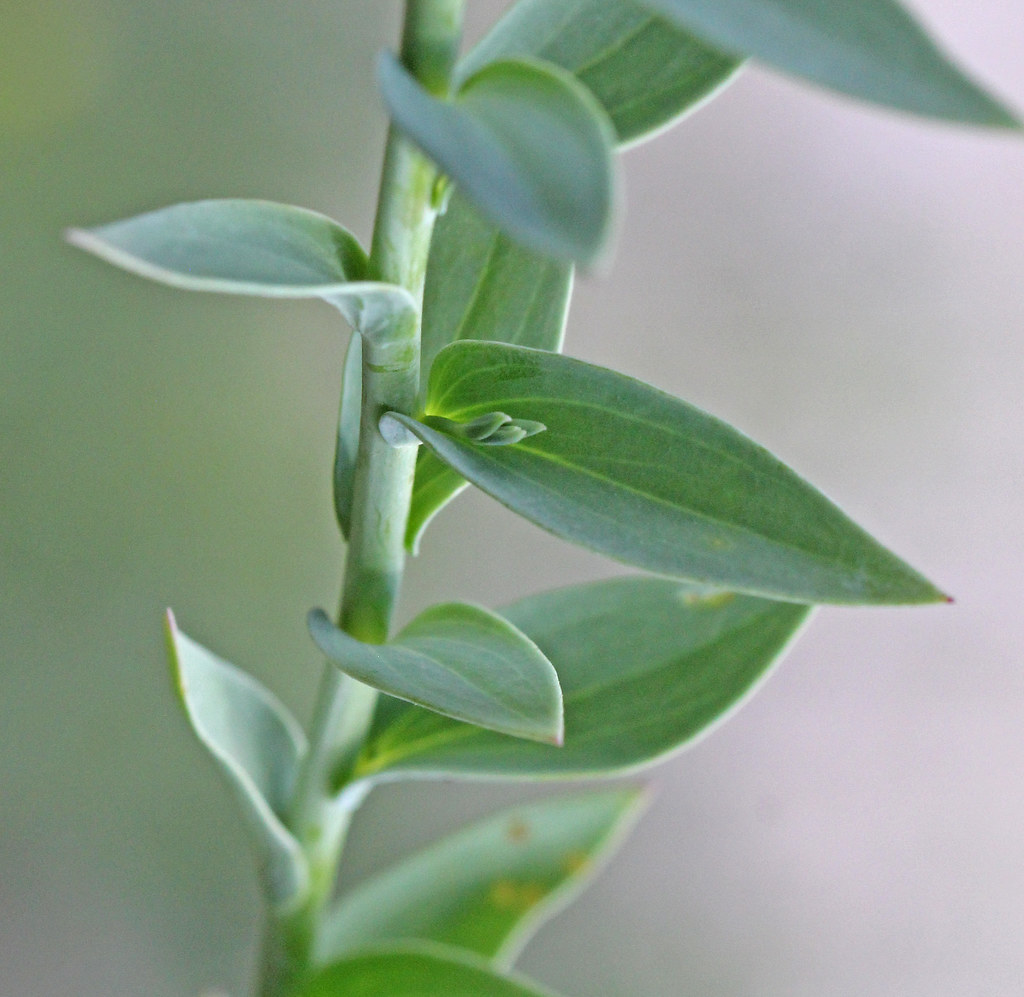Dalmatian Toadflax

Dalmatian Toadflax
(Linaria genistifolia spp Dalmatica)
Priority: - Contain / Annual Control
Tags: Agricultural | Terrestrial | Toxic | Biocontrol
Identification and Reproduction
Identification
- Perennial plant with an extensitve root system.
- Yellow flowers resemble snapdragons, leaves are heart-shaped.
- Leaves are pale green, rubbery, alternate and clasp to the stem.
- Has milky sap.
Reproduction
- This plant may have dozens of flowering stems so it is a very prolific seeder (up to 500,000 annually). Seeds are spread by wind, animals, and people.
- It spreads by lateral roots as well.
- Vertical roots may extend down 2 meters.
Habitat & Ecology
- Invades forest plantations, pastures, hay fields, grasslands, fields and disturbed sites.
- Dalmatian toadlfax prefers coarse soils.
- Survives as a root crown through winters.
Impacts
Social:
Poisonous to livestock.
Ecological:
Competes and displaces native forage species, as well as native grasses and wildflowers.
Management
Mechanical/Manual Control:
- Small patches or individual plants can easily be dug up.
- Ensure that all root fragments are collected to prevent regrowth.
- Avoiding mowing or burning as this will encourage growth.
Biological Control:
- Does have natural enemies, including a beetle, moths and several weevils. They attack and feed on the shoots, leaves and roots. Often in larvae form they will feed and slowly kill the plant.
Resources
For more for details check out the Invasive Species Compendium datasheet on dalmatian toadlflax here.
King county also offers some more resources on control methods. Note that this is a US site, Canadian guidelines and reguations may differ. Be sure to read product and chemical labels prior to use.
Header photo (Stefan Lefnaer).




